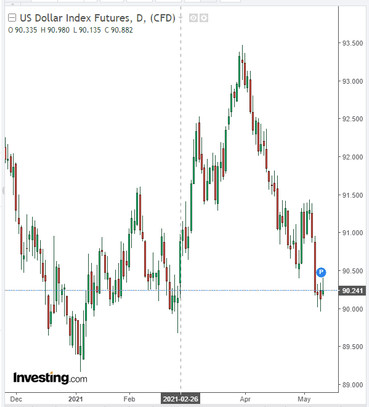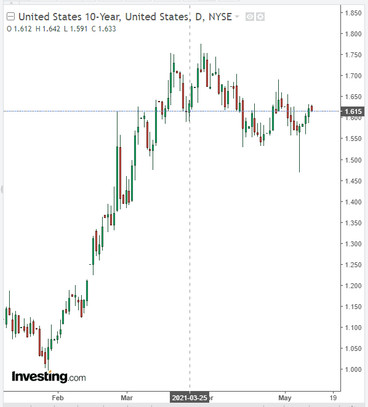As reported in the monthly oil market report released by the International Energy Agency (IEA) on Wednesday, oil demand in Europe and the Americas in the first quarter of 2021 was lower than previously expected. As part of this report, the agency downgraded its forecast for growth in global oil demand in 2021 by 270,000 barrels per day to 5.4 million barrels per day.
At the same time, IEA experts hope that vaccination campaigns, recovery in economic activity, and easing of travel restrictions in the US and Europe will create the preconditions for the formation of a supply deficit later this year.
Despite the fact that there is currently an oversupply in the market, the IEA expects a shortage of oil supply and a further drop in US production in 2021.
The American Petroleum Institute (API) on Tuesday evening reported a drop in US oil inventories in the reporting week by -2.533 million barrels after falling by -7.688 million barrels in the previous reporting period.
Since the release of the monthly IEA report, oil futures remain in the bull market, trading above important short-term and long-term support levels (see Technical Analysis and Trading Recommendations).
The positive dynamics of oil prices persists, despite the fall in world stock indices. So, the American Dow Jones Industrial Average yesterday suffered the strongest one-day losses since February.
Sharply increased demand on the US East Coast, where some gas stations have run out of fuel, is pushing oil prices higher. Oil futures are also rising in price amid the suspension of the Colonial pipeline in the United States. While the Colonial pipeline is expected to resume normal operations by the end of the week, longer supply disruptions will provide additional support for oil product prices.
Today, oil market participants will pay attention to the publication (at 12:30 GMT) of US consumer price indices, which will help understand the Fed's position on a possible curtailment of stimulus measures and assess the prospects for the dollar, as well as the publication (at 14:30 GMT) of the US Department of Energy report on changes in US oil and petroleum product inventories over the past week.
Many market participants believe that the Fed will maintain a soft monetary policy. However, signs of rising inflation may result in the Fed raising short-term interest rates earlier than it has signaled, which could support the dollar and put pressure on the commodity market.

As of this writing, DXY futures are traded near 90.24 mark, 3 points above Friday's close. The yield on 10-year US government bonds in the past few weeks has stabilized near 1.600%, which is below the local multi-month maximum of 1.776% reached at the end of March.

As for the weekly report of the US Department of Energy, in the reporting week (until May 7), another decrease in oil reserves in the United States is expected (by -2.817 million barrels after falling by -7.990 million barrels a week earlier). This is a positive factor for oil prices.





